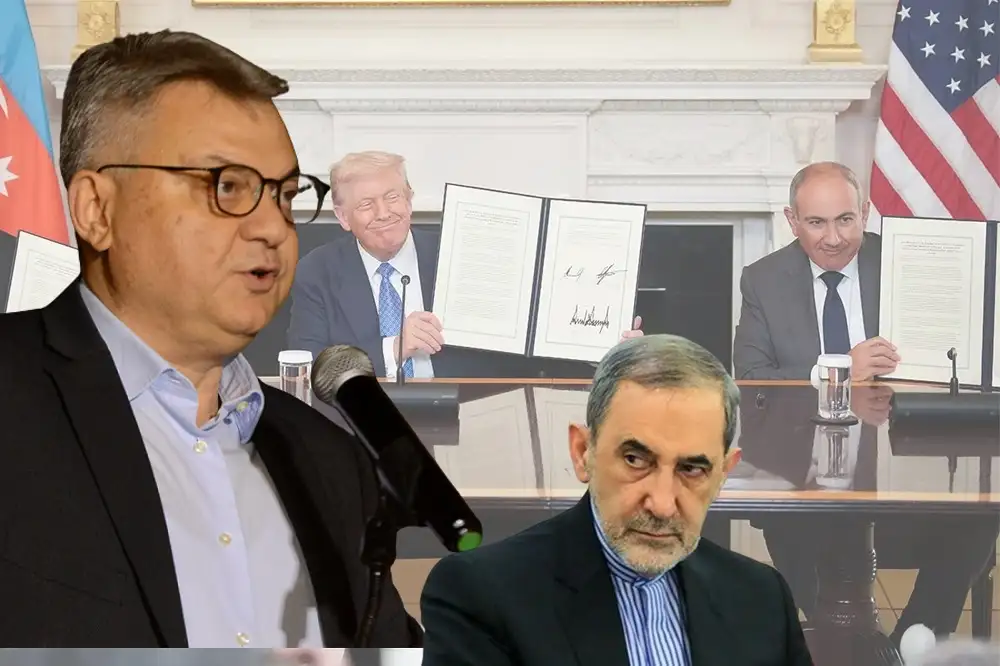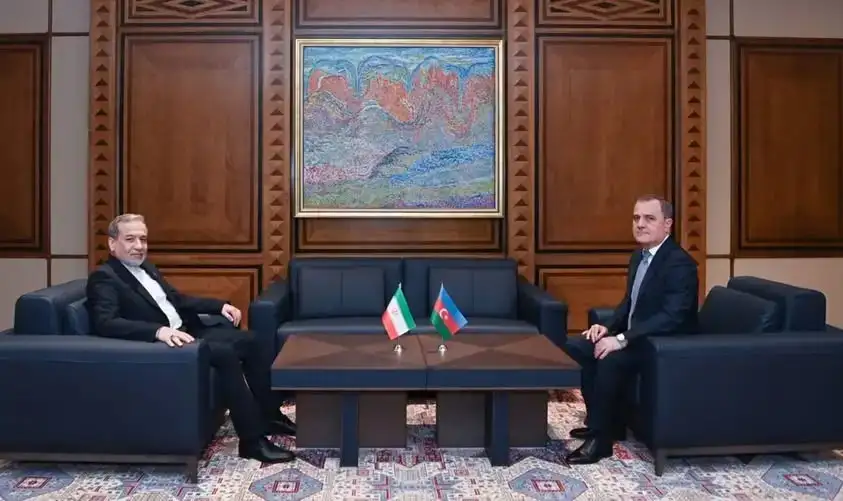The peace agreement between Armenia and Azerbaijan may contribute to positive credit trends, according to the international agency Fitch Ratings.
Radar Armenia spoke to economist Suren Parsyan on the topic.
-According to Fitch Ratings, the peace agreement between Armenia and Azerbaijan may have a positive impact on medium-term trade expansion and economic growth. In your opinion, what could these positive impulses be?
-Currently, there is no circulation between Armenia and Azerbaijan, and it is unlikely shortly, given the hostility of the last 30 years. Of course, it will take a long time to achieve this. Suppose it comes to earning money from transit. In that case, Armenia can earn money from different countries, and the Nakhichevan-Azerbaijan transit is too small a volume to bring Armenia enough benefits in terms of transit payments. Armenia can benefit if Central Asian countries, such as China and India, utilize this route to transport their cargo through Armenia to Europe. To achieve this, Armenia should negotiate with these countries, offer preferential conditions, and establish long-term cooperation formats. It should be noted that China is already preparing such infrastructure in Georgia. It has leased one of the Georgian ports to organize cargo transportation to Europe; therefore, it is unlikely that there will be cargo transportation for China in Armenia. This may be an alternative. How they will organize their cooperation or transportation work at this time is difficult to predict; it depends on both Armenia's work and their programs, which must be coordinated.
-Can peace contribute to increasing financial stability and investment confidence, and what risks may still hinder this process?
-At this point, it is too early to talk about financial inflows that can be ensured, but let us note that the number one goal of signing this agreement was not economic, but security. After the 2020 war, Armenia was repeatedly subjected to aggression by Azerbaijan, and the Azerbaijani side declared that it could take that corridor by force. By signing this document, the Armenian authorities are trying to prevent Azerbaijani aggression. The issue is not that Armenia cannot build a 42 km road on its own or lacks the funds; rather, it is about attracting one of the superpowers to try to deter potential aggression from Azerbaijan or Turkey. This is the motive, the short-term goal of the Armenian side.
Let me remind you that with the "November 9" document, Armenia, represented by Nikol Pashinyan, promised to provide infrastructure for the Azerbaijan-Nakhichevan connection, which was to be controlled by the Russians. Now, with another document, there is also a road that is to be controlled by an Armenian-American company. We face challenges in harmonizing Russian-American documents, particularly given Russiais interest in the same infrastructure, including the railway's opening, as it is the No. 1 investor in Armenia, especially in the mining sector. In the event of the opening of this railway, Russia can transport its goods via the railway itself. Therefore, we need to work with both the American, Russian, and Iranian sides, taking into account that a 32-kilometer road is already being built in Meghri, which will intersect with the road to be built. Their interests must also be taken into account.
Lilit Abrahamyan


















